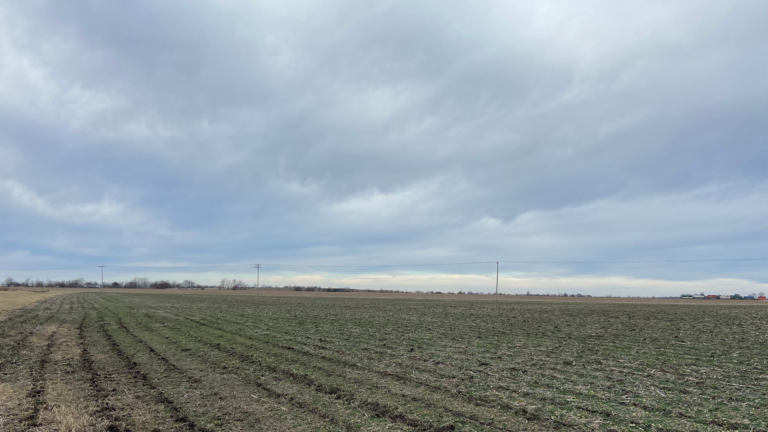URBANA — A new study suggests the notion of clean, country air might be misleading.
Traditionally, air quality has been measured by the size of pollution particles or, more scientifically, particulate matter with a diameter of 2.5 micrometers or less. Considered that way, urban air tends to be more polluted than rural air because the size of pollution particles is generally larger.
But a University of Illinois team looked at the toxicity of those particles, scientifically known as the oxidative potential, and found that pollution particles in rural areas can be twice as toxic even though they may be smaller.
“The health impacts attributed to these particles in the rural areas is almost the same as in the urban areas,” says Vishal Verma, professor of civil and environmental engineering and one of the study’s authors.
Verma grew up in India where he was exposed to high levels of air pollution throughout his childhood. Some of his previous research has focused on the relationship between small particles’ mass and toxicity — which remains unclear.
To determine the toxicity of air pollutants in urban areas, Verma’s team collected samples from Indianapolis, St. Louis and Chicago. For rural areas, the team chose a site in Bondville, Illinois, and one on the side of the road outside their home base in Urbana, Illinois.
The results showed that while the mass of the particles differed, the potential lung damage they could cause was more severe in the rural samples.
And while the team didn’t look specifically at the source of that pollution, Verma says rural air pollution is primarily caused by the agricultural industry.
“We saw a clear increase in the toxicity of the particles during summer, which is the time period when we have a lot of intense agricultural activity,” he says.
Air pollution on a farm mostly stems from livestock production (which generates methane) and fertilizer (which, when it breaks down, produces nitrous oxide).
Verma says there’s been a trend away from measuring air pollution based on particle mass, and that his team’s study supports that.
He argues federal agencies that track air quality, like the Environmental Protection Agency, should use different measurements to paint a more accurate picture of air pollution across the United States.
The process used in the study was laborious. So Verma says his next project will focus on developing machine learning models that can measure and predict the toxicity of air pollution across the country.
Follow Dana on Twitter @DanaHCronin

